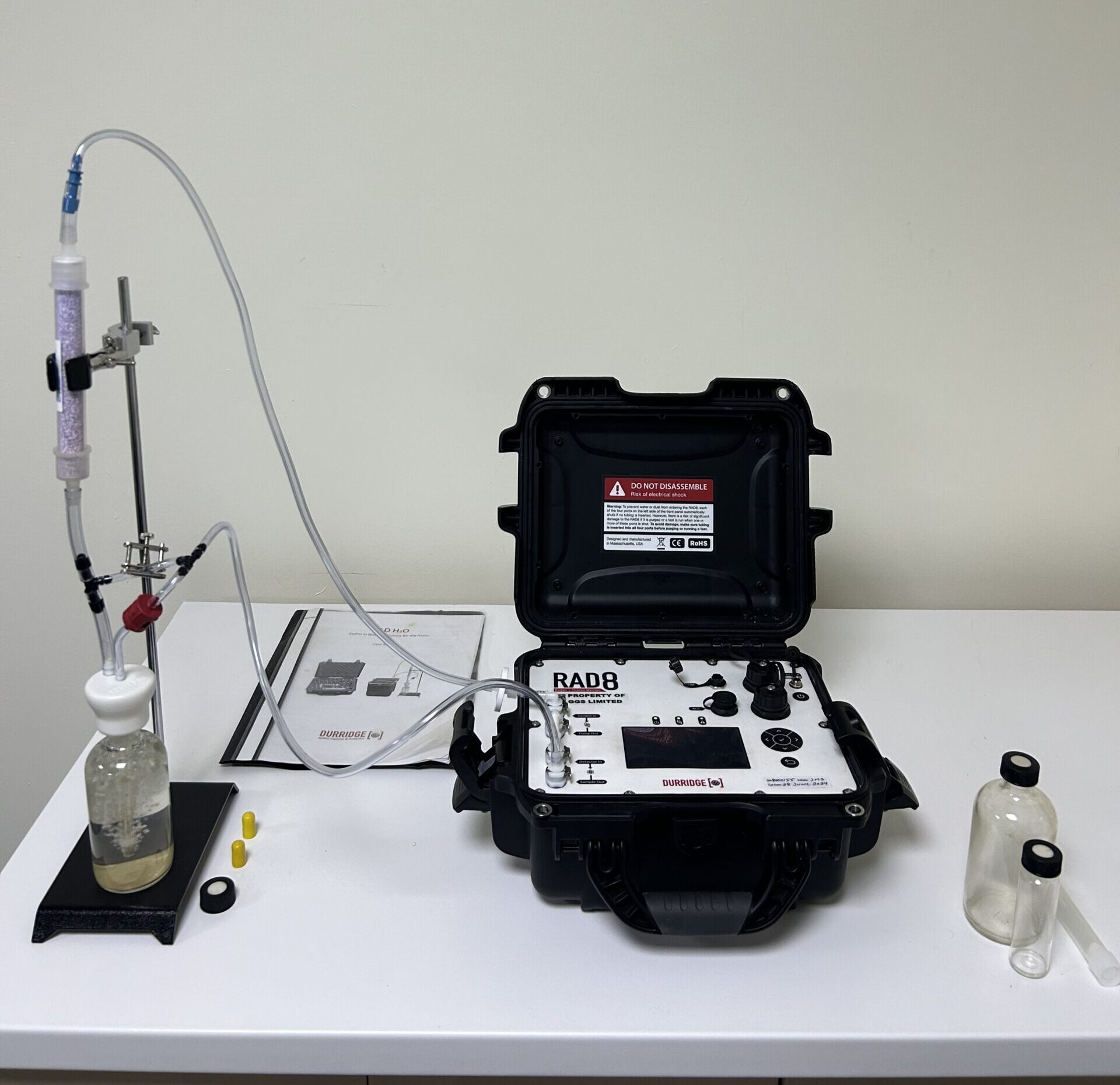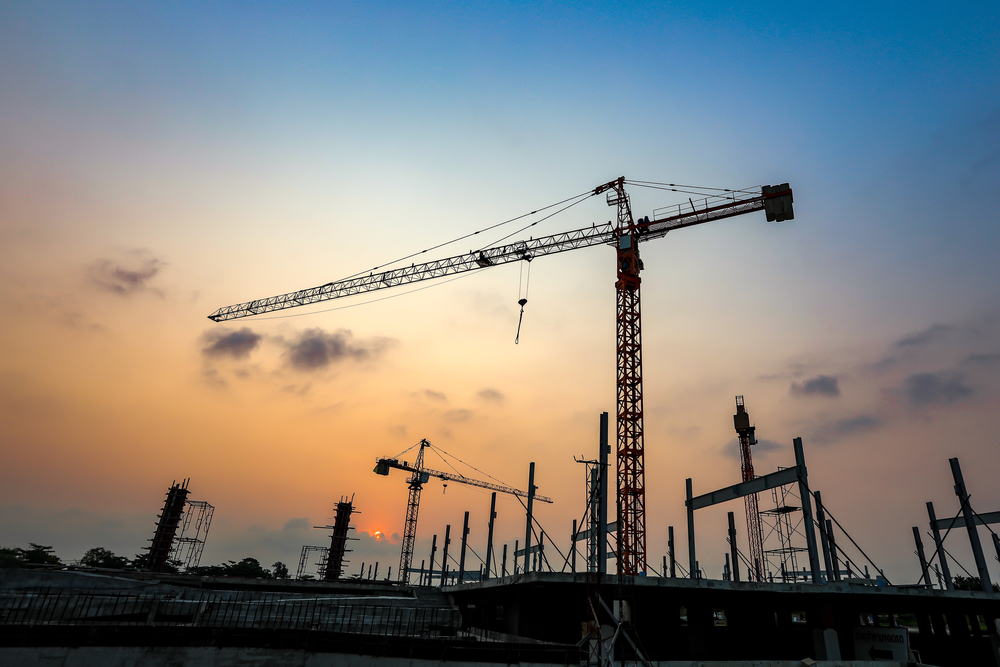When it comes to landfill sites, there are a range of complexities that landowners and operators have to deal with. Amongst these, landfill gas monitoring and management is one of the most important.
Keep on reading to learn more about the science behind landfill gas and the monitoring services we offer at GGS.
If you are working on a former landfill site for a new development project or you manage an active landfill, you will likely also know that landfill gas management is major part of the process. But how exactly is landfill gas produced and why is it hazardous?
Landfill waste will contain varying quantities of organic matter. The highest ratios are often associated with household waste. Over time the organic matter will go through a series of bio-degradation reactions in the presence of moisture. Initially, these will occur in the presence of oxygen, but as the oxygen is progressive used up, anaerobic conditions will become established and ‘methanogenesis’ will commence. This stage can last decades and will produce landfill gas, at source, at the fixed ratio of 60% methane, 40% carbon dioxide.
Within the first few years after the waste is tipped, landfill gas will be generated at a rate of 10 cubic meters per tonne, per year. This rate of production can build up significant pressures within the landfill and force the landfill gas to migrate through any breaks in the landfill containment system, if present, and through surrounding permeable soils.
There are three main hazards associated with landfill gas. Methane is explosive in confined spaces at relatively low concentrations (between 5 and 15% by volume) while carbon dioxide is an asphyxiant and can be fatal at concentrations over 10% by volume.
Additionally, both methane and carbon dioxide are potent greenhouse gases with methane having a global warming potential approximately 85 times greater than carbon dioxide, over a 20 year period.
Landfill gas can also contain traces of other harmful gases. These include, carbon monoxide, ammonia, complex sulphides, and under certain conditions, hydrogen. As a result of all these harmful gases, it’s important that landfill sites are effectively managed and remain compliant.
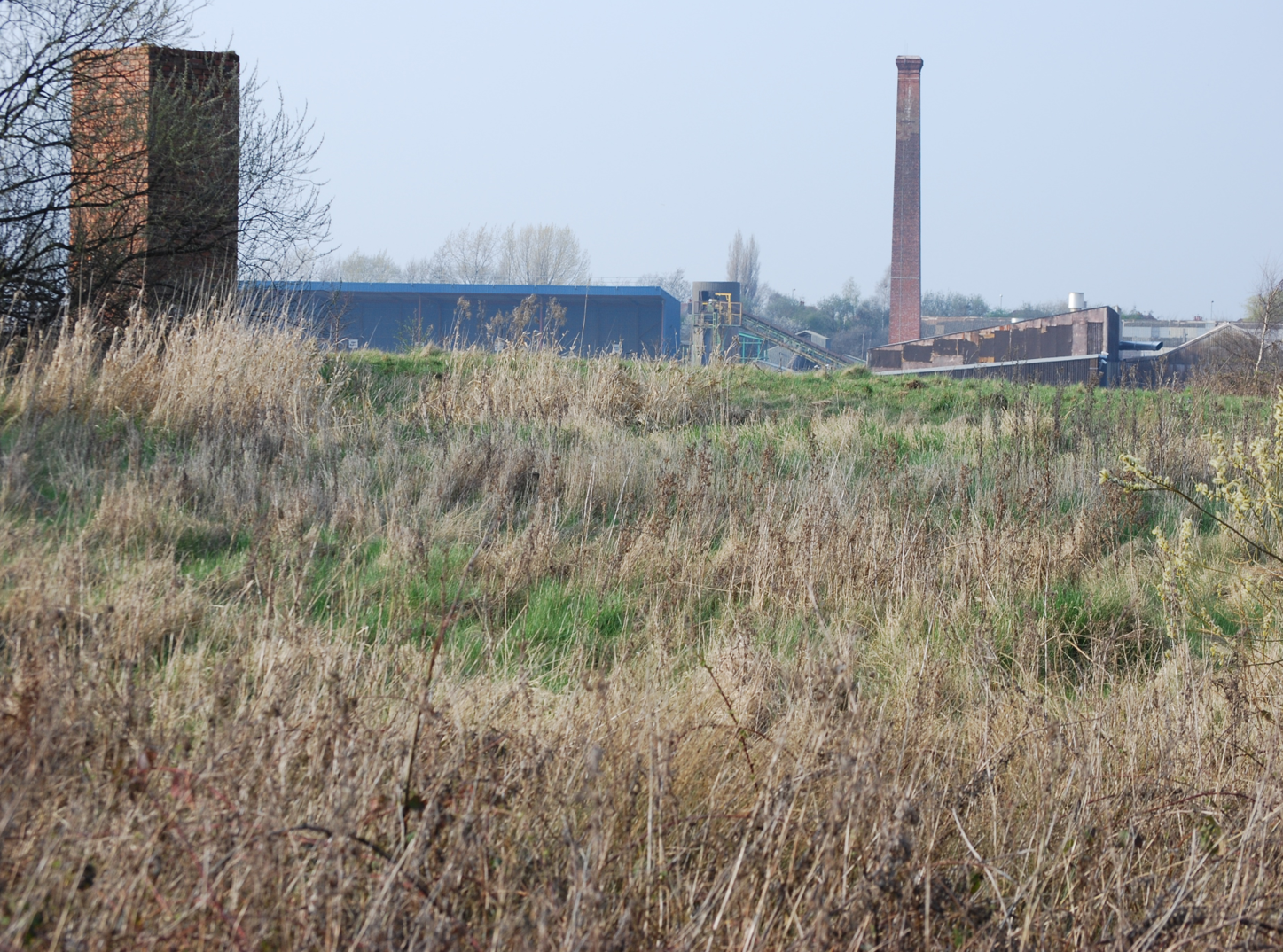
In the UK there are over 23,000 recorded historic landfills; many of these were licensed under the 1974 Control of Pollution Act legislation. More recent landfills were permitted under the 1990 Environmental Protection Act legislation and subsequent legislative changes. The general direction, for all environmental legislation, is to continually improve the level of protection to people and the environment.
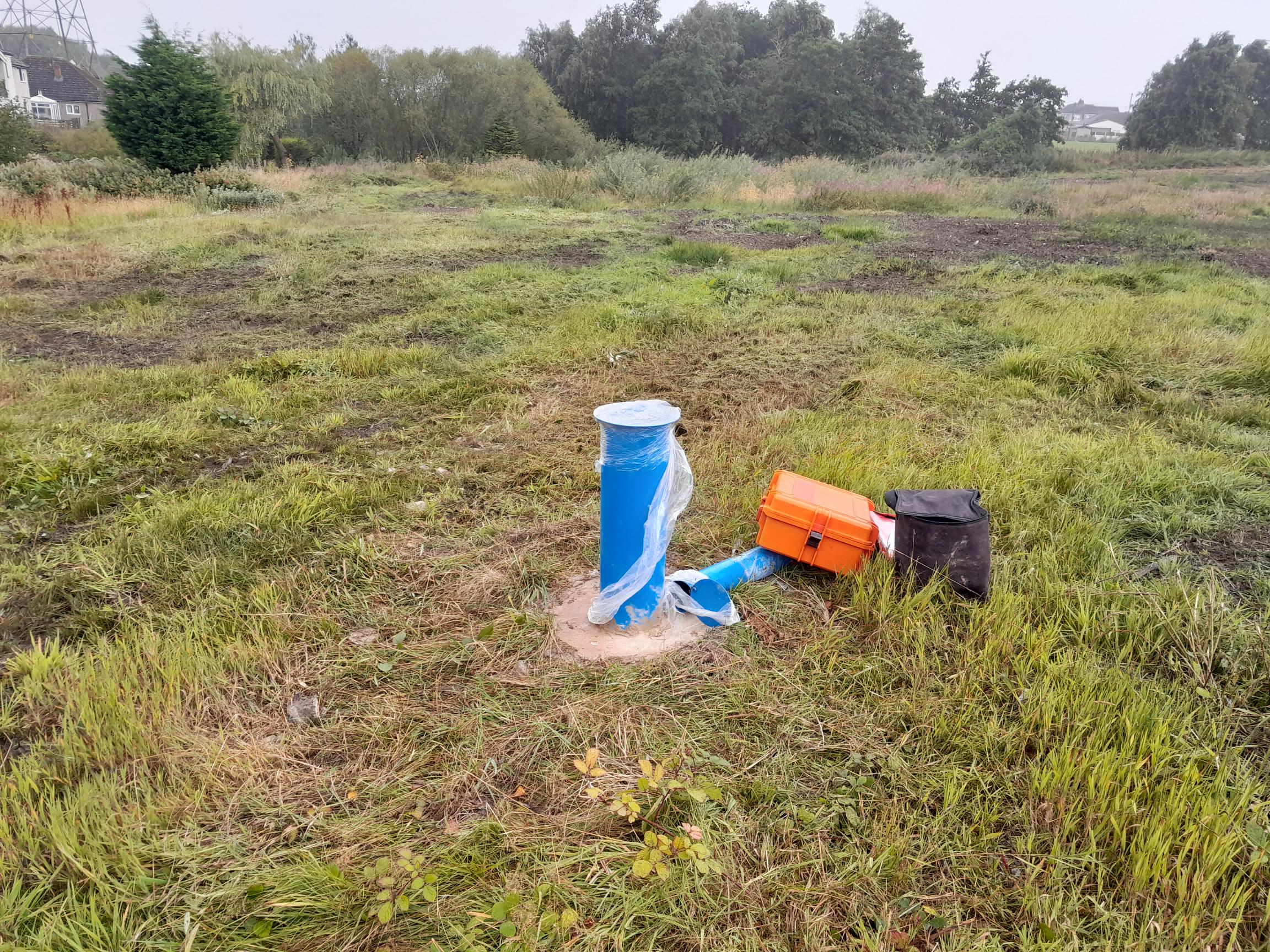
The latest landfill permits are issued by the Environment Agency, in England, Natural Resources Wales and Scottish Environmental Protection Agency. All three agencies set out strict compliance monitoring regimes for landfill operations and criteria for permit surrender. Learn more about the monitoring plan requirements for landfill permits here.
For sites to remain compliant it is integral to manage landfill gas appropriately, and at GGS we can help by offering a range of services to assist you, including preparing permit surrender applications.
At GGS we offer a range of services to assist you with landfill compliance, including surface emissions surveys. These allow direct measurement of the gas escaping to the atmosphere through landfill cap defects and quantifies the total surface emissions. In turn this will inform appropriate management and remedial strategies.
For more detailed emissions data, GGS also offer flux box surveys which can produce an additional line of evidence to support compliance. With flux boxes, monitoring locations are chosen and continuously monitored at a high frequency to gather accurate data on specific landfill gas point sources.
In addition, we can offer high quality continuous compliance monitoring of boreholes around a proposed or active landfill site. This data can be used to demonstrate baseline conditions prior to landfill development or on older sites, in support of permit surrender applications. Additionally, GGS are experienced in taking undisturbed samples of groundwater for dissolved gas analysis.
The overarching expertise of GGS, is in collating diverse lines of robust evidence into a comprehensive conceptual site model of your landfill to inform your landfill management strategy.
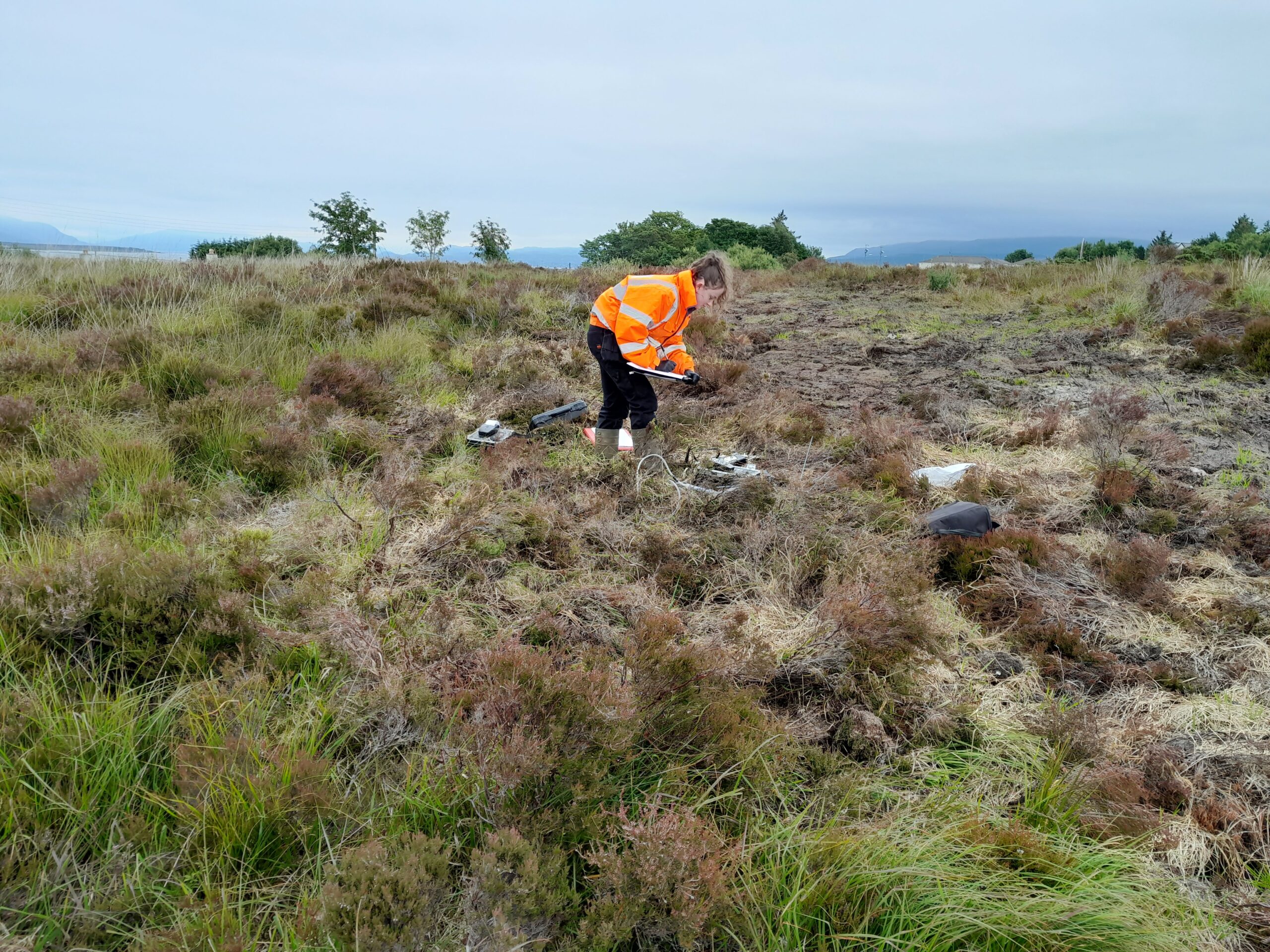

Choose GGS for compliance monitoring
GGS is a market leading specialist in this field and by choosing GGS you can demonstrate compliance with robust data that commands confidence in the regulators for a range of objectives. By establishing multiple lines of evidence, GGS can provide valuable insights and, where necessary, cost effective solutions for remedial action.
To begin the process of consulting us for our services, get in touch with our team of specialist environmental scientists today.
The following pages include news articles, videos, guidance notes and white papers on a range of ground gas related topics which we hope you will find of interest. Please browse through but if you can’t find something on your particular issue of interest, we’d be very pleased to hear from you so we can put that right.
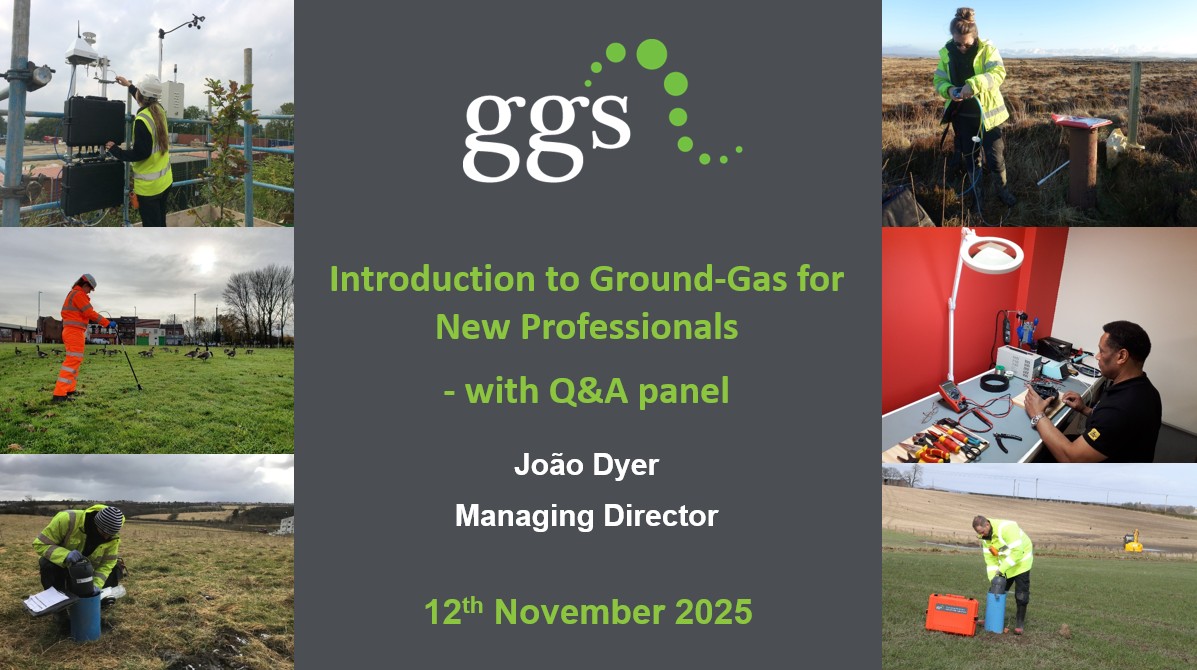
Are you new to the industry and looking for an introduction to ground gas?
This webinar, led by Joao Dyer, is perfect for new professionals and graduates. The webinar also includes a Q&A panel with the GGS team.


